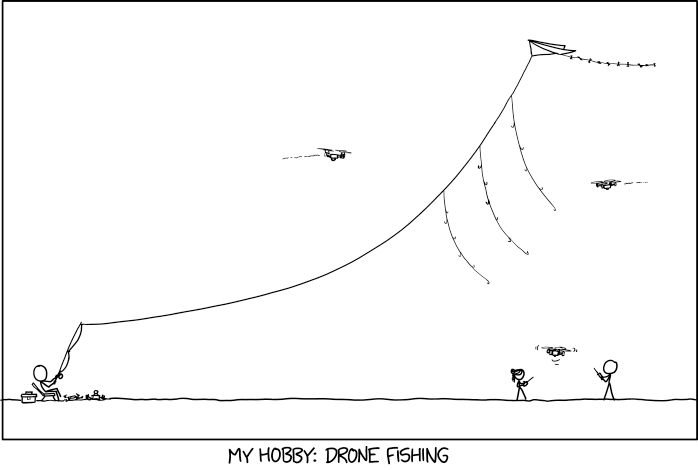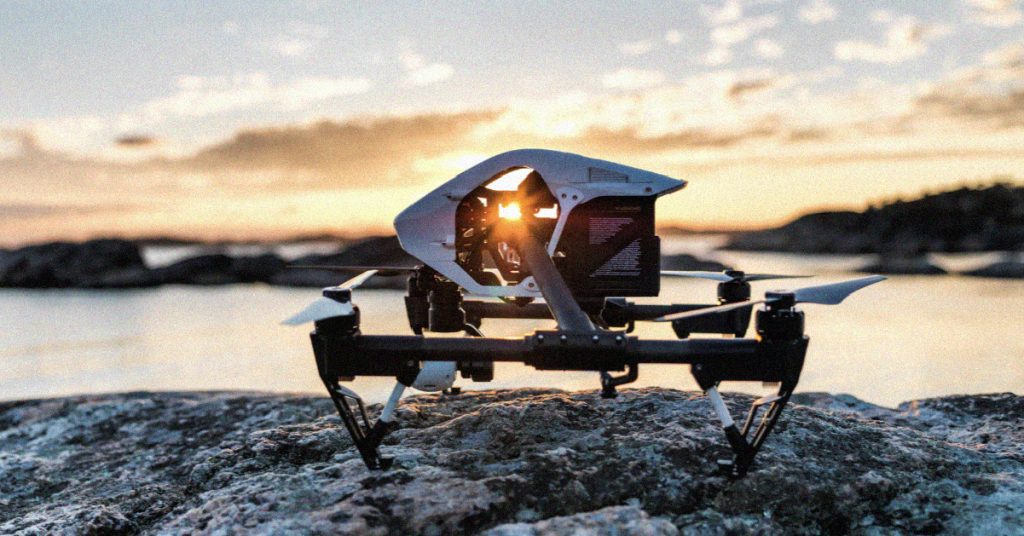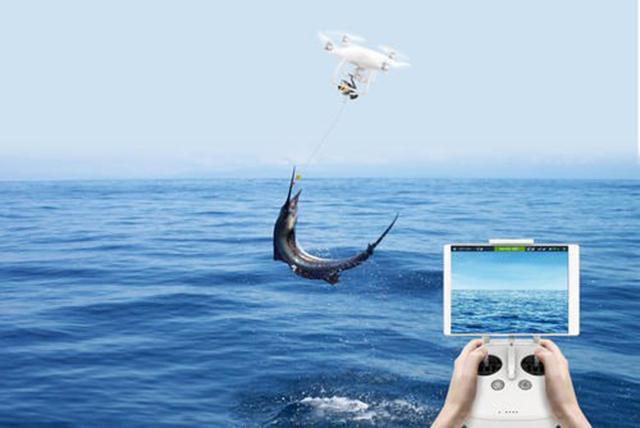
If you are an avid fisherman who lives in Australia, you may be able to use a drone and get an aerial view around the waters. Drones come with various features like a mechanical payload release, an angle adjustable camera, GPS positioning system, and a GPS receiver. You can also buy fishing line that you can use to fish. These lines are highly stable and reliable. One example is the SKY RIGGER drone.
SKY RIGGER is a drone fishing line
The SKY RIGGER fishing line system for drones allows you fly fish and is flexible. Two rotating leg clamps can be mounted to any drone model. The release mechanism is designed with a bayonet-style connection and a cam-lock arm to open the line clamps quickly. Sky RIGGER, unlike other drones requires no batteries and can handle all fishing techniques safely.
The SKY RIGGER has an automatic release mechanism for when a fish strikes your fly. You can also manually release your line with your rod or hand. This feature is standard on all SKY RIGGER models. It is recommended that you purchase a Phantom 3 before purchasing the new SKY RIGGER. Here are some pros and cons to the new line system.
It has a mechanical payload release
A drone's mechanical payload mechanism is one of its most important features. Many of them make it possible for the anglers easy to release the fishing lines. Some models lack a release mechanism. Instead, to remove the drone from its fishing line, the user must "yank” it. This can be an inconvenient process, especially for people who aren't comfortable using their hands to release the line.

Another important feature of the drone's payload release system is its size. The drone should have the ability to release its payload when it strikes a fish. This method is not easy to use. You can't just pull the fish up and let it go. Several people have reported good results with the DJI Phantom drone. However, this technology has not yet reached the level of fishing drones that are available on the market.
It has a GPS positioning system
Rippton is a joint Australian and Dutch venture that specializes in technology-oriented fishing products. Its goal is improve anglers' success by creating products that enhance the fishing experience. Rippton's Mobula drone features a GPS positioning system and a remote release. The Mobula can be used to store bait at the surface and provide resistance against kite clips. It is also environmentally friendly.
It is light at 3 pounds and can take off for 18 minutes. The high-tech GPS system allows it to be controlled up to 2,000 feet away. It has an operating range of 1000m (or half a mile) and intelligent flight modes. Its point feature allows it high-quality images of the surrounding environment. Its high-resolution camera allows you to get great views of fish.
It also has an failsafe feature
Aerokontiki's drone fisherman has a failsafe feature. It monitors the battery level, and releases the line when it is needed. In case of battery failure, it will land back on dry ground to continue its mission. It has industrial-grade flight controls and can operate wherever it goes without recalibration. This drone is also waterproof, so you can use it even in the most difficult water spots.

FAQ
What US states have drones made legal?
A drone can be legally operated for recreational purposes. The Federal Aviation Administration (FAA), established guidelines that allow individuals to fly small unmanned aircraft systems. These UASs must first be registered with FAA to be allowed to be flown. If certain conditions are met, the FAA allows commercial operators to fly these UASs.
Where can a drone be purchased?
You can buy many types of drones online. Some people prefer buying their drones through Amazon, eBay, or Walmart. Some people prefer to buy their drones directly from the manufacturer.
What are the laws regarding flying drones
In the United States, the Federal Aviation Administration (FAA) regulates all aspects of drone operations. A certificate issued by the FAA is required to commercially operate a drone. You must then complete a course on piloting skills and pass an examination. You will then need to pay an agency fee.
Do I need any special training to fly drones?
You don't require any special training to fly your drone. You only need a remote controller unit and basic knowledge about flight mechanics.
Can I fly my drone in my local park?"
You can fly drones in parks around the globe. Safety concerns mean that not all countries allow drones to be flown in parks. Take a look at our list of legal places to fly drones for entertainment.
Statistics
- According to Indeed, a drone pilot gets paid $25.73 per hour on average in the US. (dronesgator.com)
- According to the multiple listing service (MLS), houses and apartments with drone photographs are up to 68 percent more likely to sell than those without pictures. (thedroneu.com)
- With the top 10% making over $100/h and the bottom 10% making as low as $10/h. (dronesgator.com)
External Links
How To
How to Fly Drones for Beginners
A drone is an unmanned aerial vehicle that can be remotely controlled and used for surveillance, aerial photography, film production, research, and other hobby purposes. Drone technology has existed since World War II. DJI's Phantom series quadcopters were first commercially available in 2010. There have been many types of drones since then, including beginner-friendly drones like the Parrot AR Drone 2.0 and professional-grade multi-rotor crafts like the DJI Mavic Pro.
There are several ways to fly a drone, including;
-
Remote control: This uses a remote control device that attaches to your hand and allows you control the drone along its flight path. There are two main types of controllers: On/Off switches (like a radio) and joysticks.
-
Manual Control - This method uses a smartphone app to remotely control the drone using GPS coordinates. You must keep track of the location where you want the drone to go and follow the instructions from the app.
-
Autonomous Flight – This is when the drone handles all the piloting tasks. The drone is able to fly autonomously, without the need for human intervention. A drone must have a builtin camera and sensors capable to capture images and other data.
-
Triggered Flight – This method is very similar to manual flight. The pilot creates a route that the drone will follow until it reaches the destination. The drone automatically lands once the route has been completed and returns to the base.
-
Landing Gear - Some drones come equipped with landing gear that allows them to land safely if they lose power or run out of battery during flight.
-
Goggles: Some pilots use goggles in order to protect themselves against debris when operating.
-
Camera - Certain drones come with cameras that allow you to take photos and videos from high above.
-
Obstacles – Some drones have obstacle avoidance systems that stop them from colliding with obstacles.
-
Speed - Some drones reach speeds exceeding 40 mph.
-
Battery Life – Most drones will last 20 minutes to three hours depending on how powerful they are.
-
Range - Some drones can travel upto 30 miles depending on their models.
-
Power source - Not all drones can use an external power source. Others can run on internal batteries.
-
Weight - Some drones are lighter than others, while some models can weigh as much as 4 pounds.
-
Size - From small drones that can be carried in the palm of one's hand to larger drones that weigh over 50 pounds, drones come in a variety of sizes.
-
Price - Drones come in a variety of price categories, including high-end models which can run into the thousands and low-cost options that can start at $100.